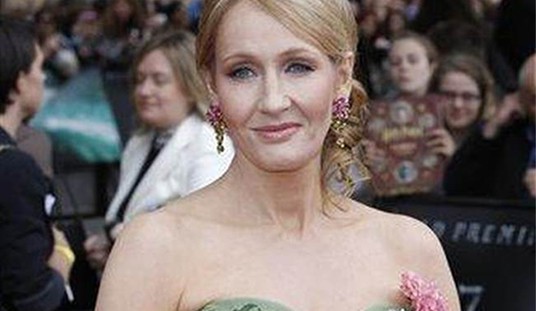Using the model of Alvin Toffler’s The Third Wave, unions and organized labor are classic “Second Wave” models from an era of mass-production, mass-consumption, mass-industry, and mass-men. As Bryan O’Keefe notes in Tech Central Station, this Second Wave force has done little to keep up with Third Wave market dynamics:
Many organized labor leaders and their allies are furious over the decision Monday by the Service Employees International Union and the Teamsters to part ways with the AFL-CIO and form their own labor federation. While SEIU and the Teamsters are two of the largest unions, the vast majority of the 50 other AFL-CIO unions are not considering disaffiliation. Their leaders openly question why, in the face of declining membership and an unfavorable political environment, SEIU President Andrew Stern and Teamsters President James Hoffa would want to divide the house of labor. What happened to brotherhood and solidarity, they ask?
Working in unison might be fine, but it can also be overrated. In fact, competition might be exactly what America’s labor movement needs if it wants to survive in the 21st century. Competition has helped to make business more dynamic and to evolve with changing times. It might also have the same effect on a labor movement stuck in the past.
Being stuck in the past wouldn’t necessarily be a bad thing if what worked before was working now. That’s hardly the case though with current AFL-CIO leadership which lives in a time warp. Fifty years ago, almost one-third of the American workforce was unionized, while today that number stands at a paltry 12.5 percent. Big labor has done little to change with the new globalized economy and American workforce. It’s like having a company use the same business plan for 50 years, even as profits go down the tubes. If Stern’s comments Monday are sincere, then he understands that the status quo isn’t going to work anymore. “Unions are bound to the past. We need new initiatives,” Stern said at the press conference announcing his union’s bolt. He later added, “It’s not the 1930s anymore.”
Even those of us that don’t agree with Stern’s liberal union ideology can appreciate his ability to think outside the box and come up with new approaches that involve more than over-the-top rhetoric. And, who knows, some of his ideas might just work. For starters, Stern doesn’t sound like an old-school, fist-pounding labor leader — rather, he talks thoughtfully about issues like globalization and how unions can evolve in a way that’s compatible with the new economy, while attracting younger workers.
Stern’s rhetoric has been a turn-off for other leaders in the labor movement who are wedded to the past. In a magazine article this past January, Thomas Buffenbarger, President of the International Association of Machinists and Aerospace Workers, blasted Stern as somebody who wants to make unions more like corporate America. ”He’s trying to corporatize the labor movement. When you listen to him talk, it’s all about market share. It’s about loss and gain. It’s about producers and consumers,” Buffenbarger said. “I think he’s enamored of all the glitz and hype of the Wall Street types. He must be a fan of Donald Trump. I think he wants his own TV show.”
But what Buffenbarger bristles at as corporatizing the labor movement can also been seen as a desire to modernize. And modernizing has worked well for Stern’s SEIU during his tenure. While labor membership declined overall in the last ten years, Stern’s union grew by 900,000 members, mainly on the strength of his leadership and novel ways of approaching unionization.
Stern also deserves credit for finally asking tough questions about labor’s relationship with the Democratic Party. He rightly argues that labor needs to focus on organizing and getting its own house in order, not just electing Democratic politicians. “We just can’t rely on elected officials to change workers lives,” Stern said yesterday. This echoed comments Stern made his earlier this month when he boldly stated, “We can’t just elect Democratic politicians and try to take back the House and take back the Senate and think that’s going to change workers’ lives.”
Stern has also advocated more competition in the political realm. While still donating most of its campaign cash to Democrats, SEIU was the biggest contributor to the Republican Governors Association last year. Competition in this sense might also lead to more legislative success for unions. Corporations figured out a long time ago that it was beneficial to donate and court friends in both political parties, while unions stuck to the same, dated model of donating almost exclusively to Democrats. It’s no surprise then that business has accomplished more in Congress.
Of course, this type of talk in the upper echelons of the labor movement is heresy, which finally led to yesterday’s dramatic split.
Meanwhile, a Wall Street Journal op-ed notes also that “Being a wholly owned subsidiary of the DNC” isn’t working out for “Very Old Labor“.










Join the conversation as a VIP Member